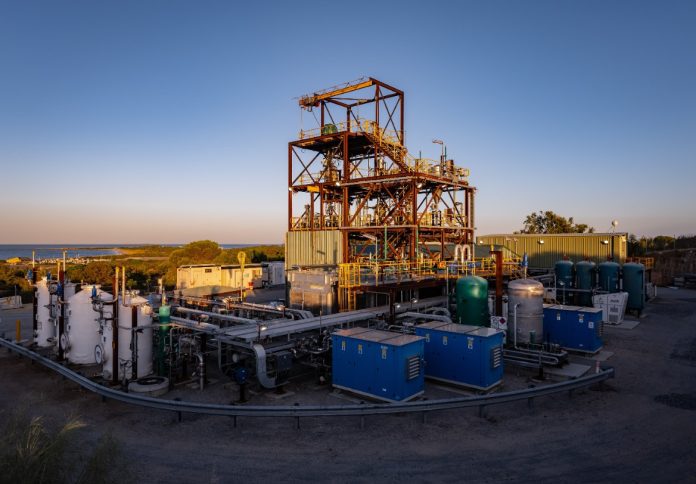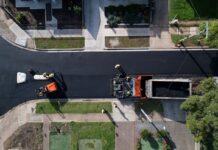
Hazer Group Ltd has announced it has secured national filings for a key patent family protecting its electrochemical purification process, enabling the production of battery-grade graphite with a purity exceeding 99.9 per cent without damaging the material’s morphology.
The Perth-based manufacturing and technology company said this breakthrough opens access to high-value applications such as lithium-ion batteries, complementing its existing focus on large-scale industrial markets including steelmaking, cement, thermal energy storage, asphalt, and bitumen.
Hazer said the patent, filed in more than 20 jurisdictions, strengthens its intellectual property portfolio and reinforces its position in low-emission hydrogen and graphite manufacturing.
The company noted that the innovation comes amid a tightening global graphite market, driven by concentrated supply, new trade measures, and surging demand from the electric vehicle and energy storage sectors.
“With battery-grade graphite now within our sights, this patent and filings position Hazer to participate in one of the most strategically important critical mineral markets,” said Hazer CEO and Managing Director Glenn Corrie.
“Our low-emission process can deliver high-purity graphite from a domestic source, helping to strengthen supply chains, reduce reliance on imports, and meet the quality needs of battery manufacturers.”
The company pointed out that China currently controls over 80% of the global graphite supply, posing a sovereign risk for downstream industries, with the United States planning a 93.5 per cent tariff on Chinese graphite.
Hazer said these factors, combined with high pricing for synthetic graphite – now above USD 10,000 per tonne – are prompting lithium-ion battery and anode manufacturers to explore alternative supply options.
According to Hazer, its graphite’s unique properties allow it to serve both high-volume and high-value markets, ranging from critical mineral applications in batteries and defence to industrial uses in steelmaking, cement, asphalt, and water treatment.
Hazer’s market analysis suggests that a 50,000 tpa hydrogen project producing 166,000 tonnes of graphite could generate around USD 83 million (AUD 127 million) annually from industrial sales alone, with battery-grade graphite representing a significant value-add opportunity.
The company said it is receiving strong inbound interest from global manufacturers and will continue to engage directly with potential buyers while advancing its commercial partnerships.
The content of this article is based on information supplied by Hazer Group Limited. For more information, please refer to the official company announcement and communications from Hazer. Please consult a licensed and/or registered professional in this area before making any decisions based on the content of this article.


















